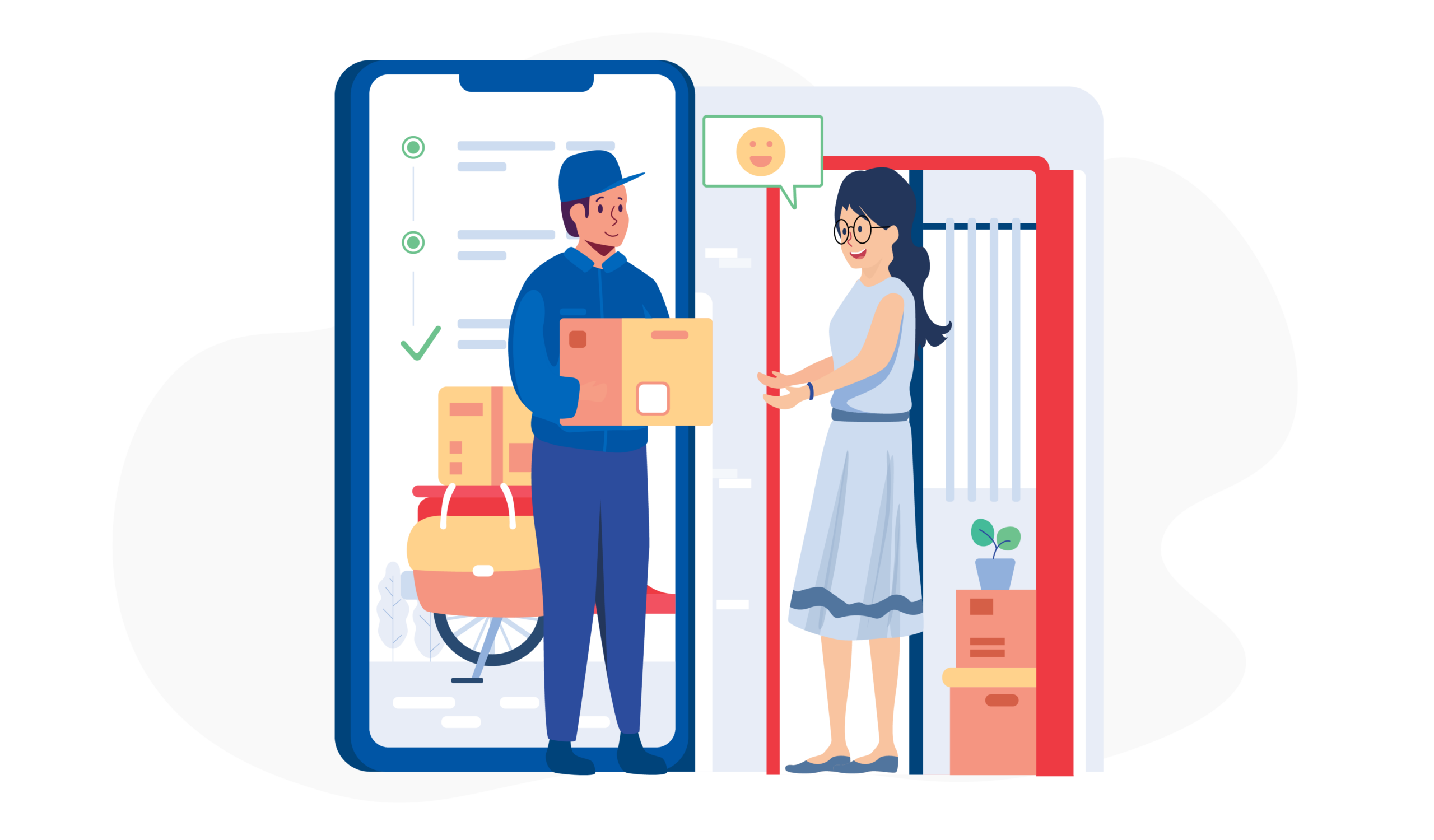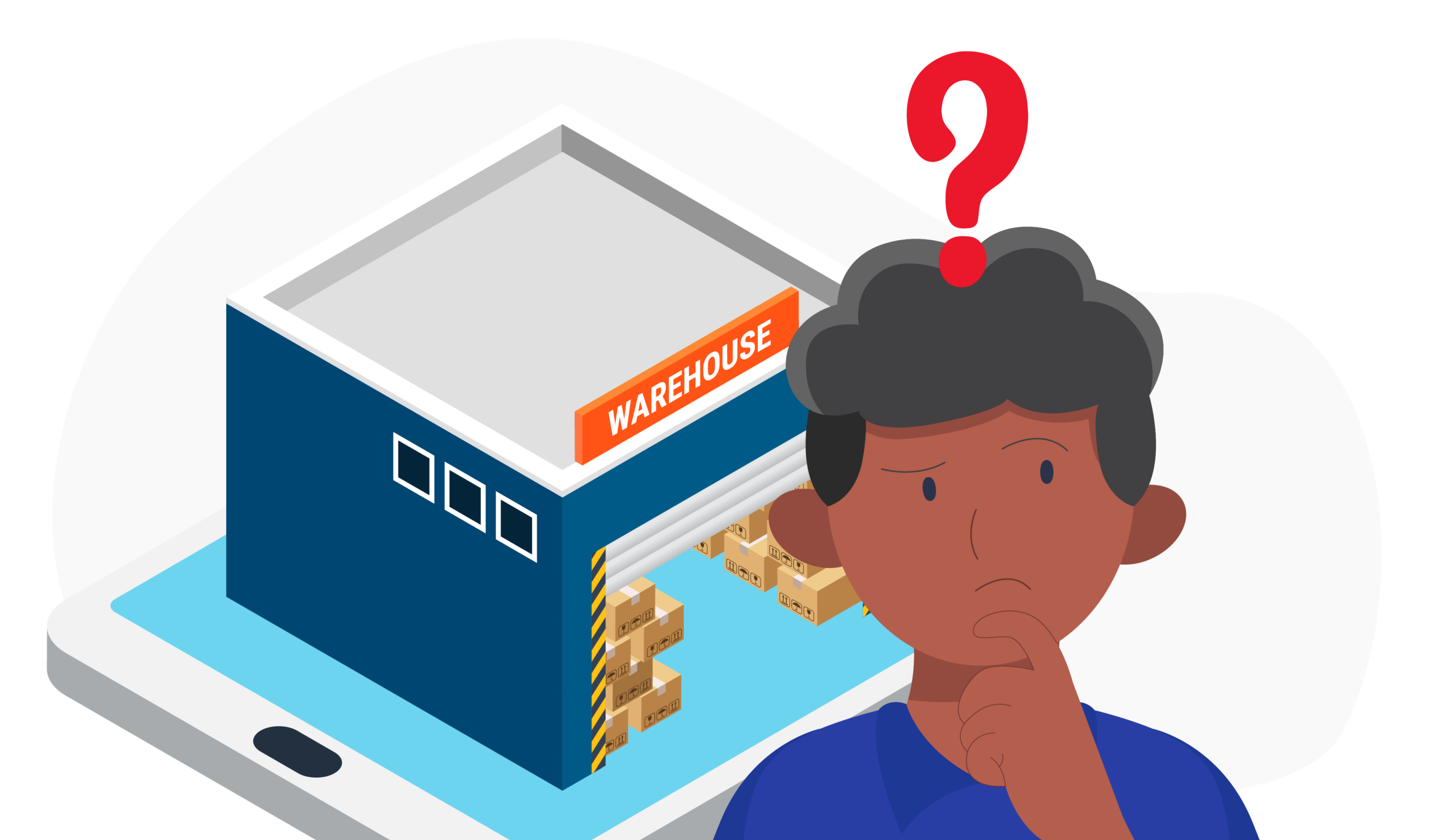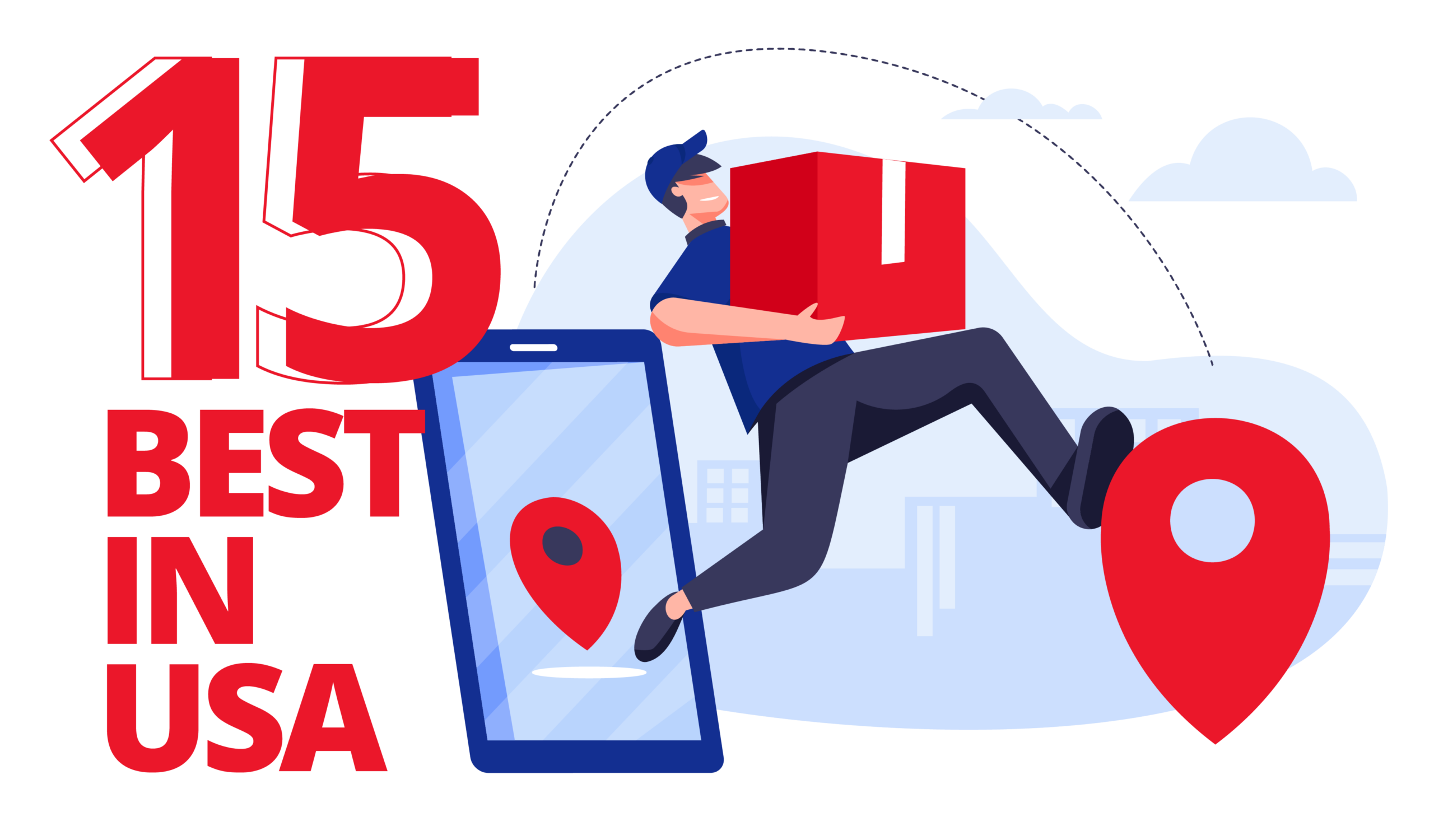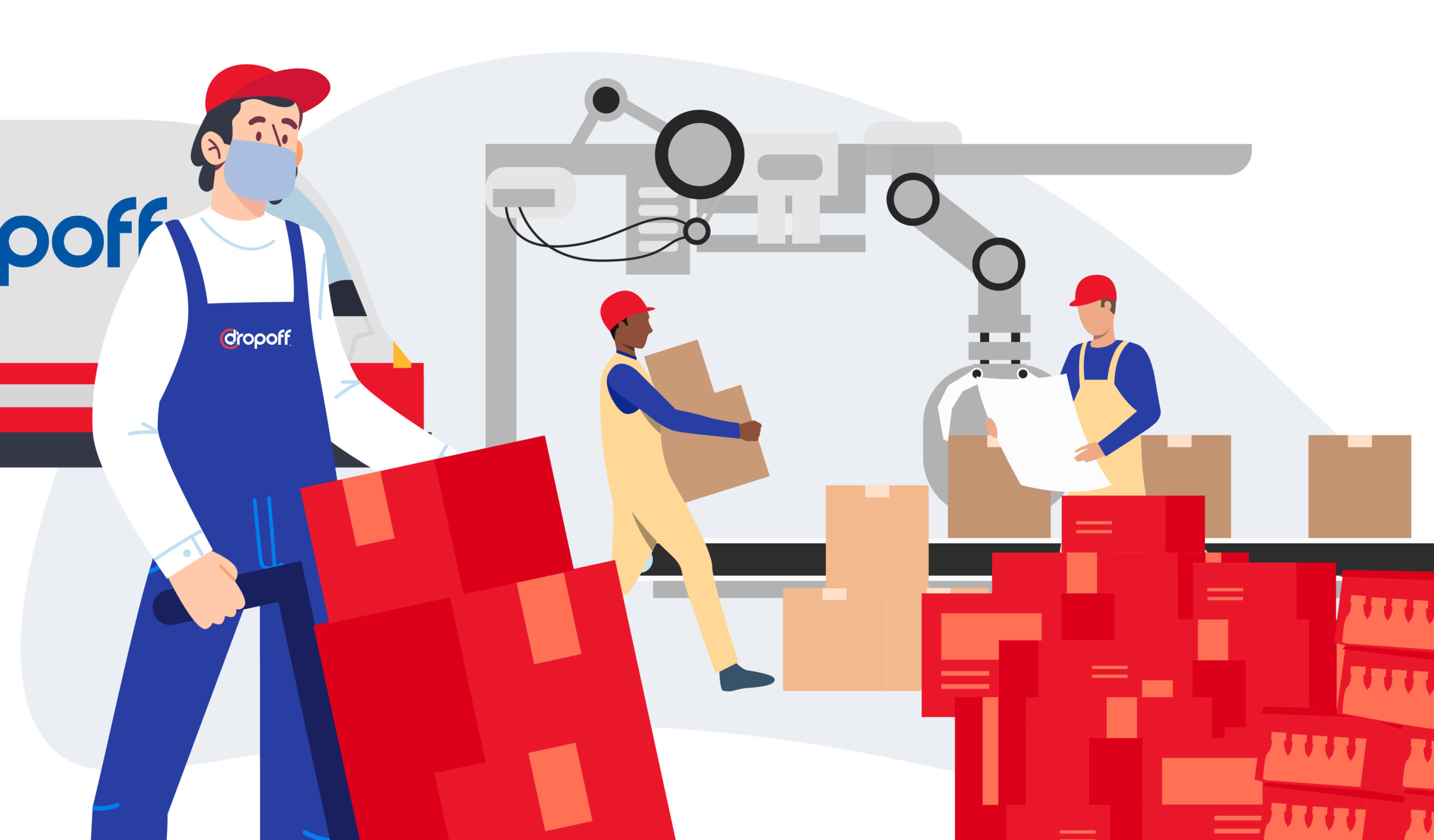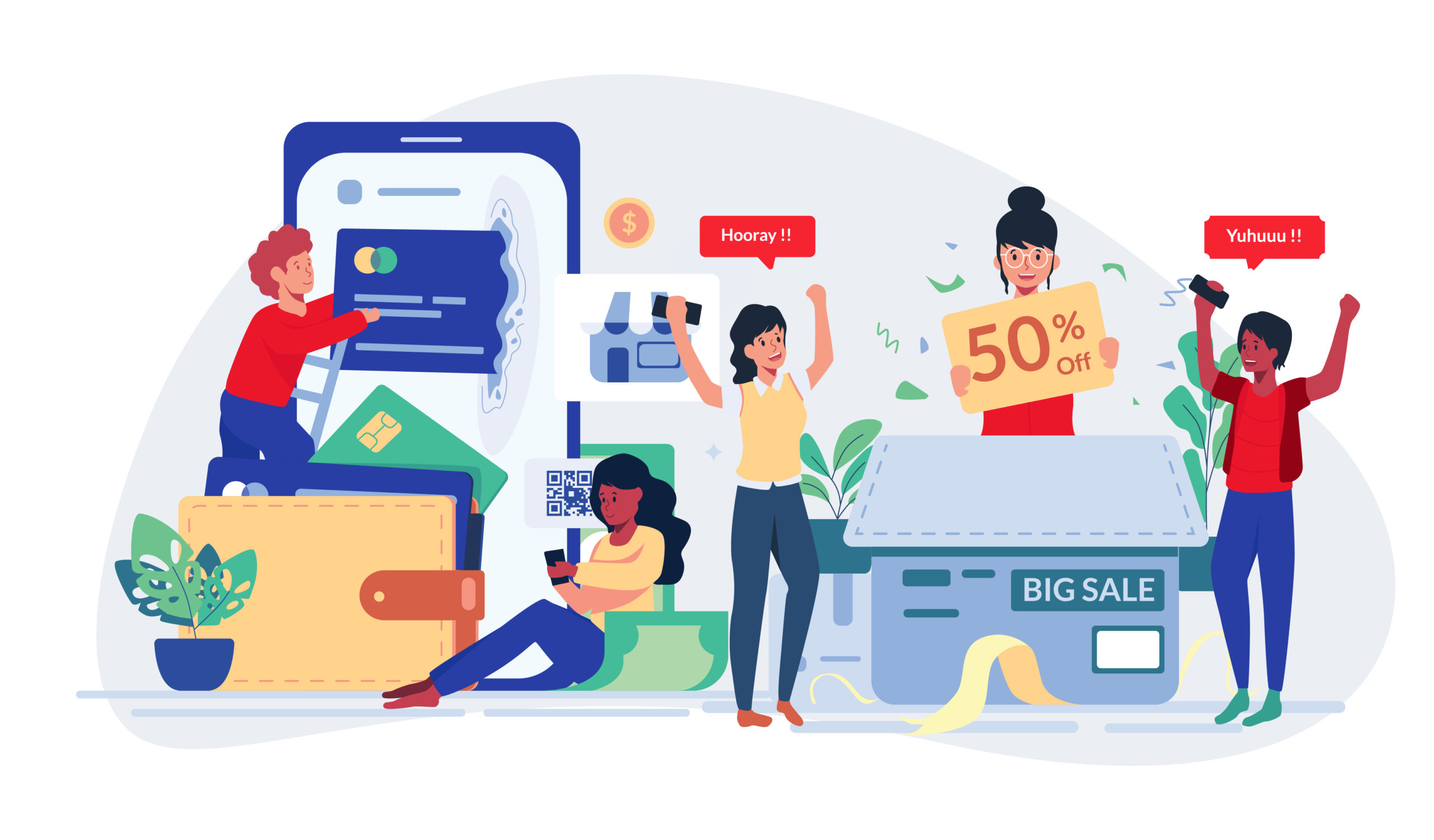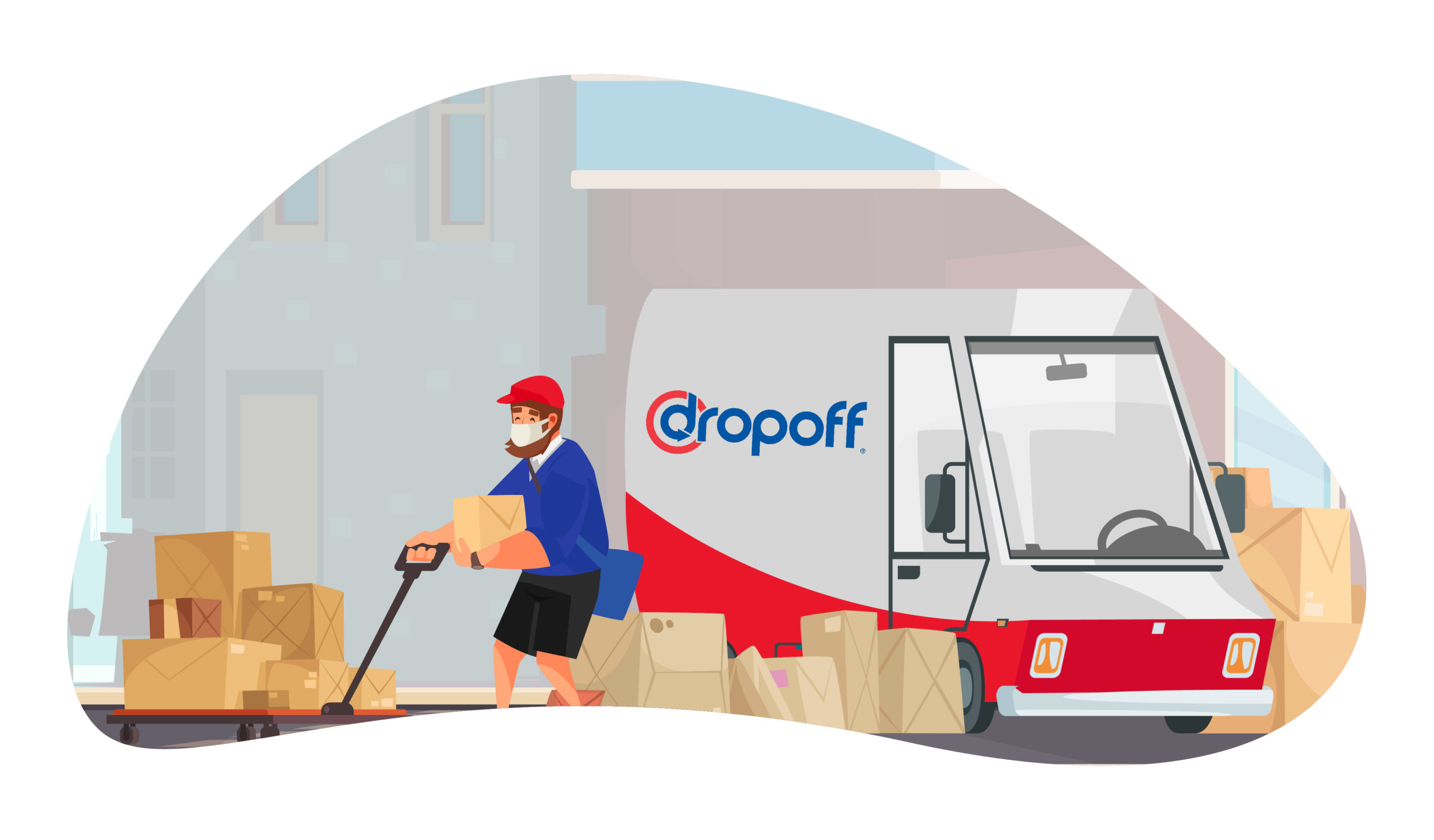Ultimate Guide to Last-Mile Delivery in E-Commerce 2024
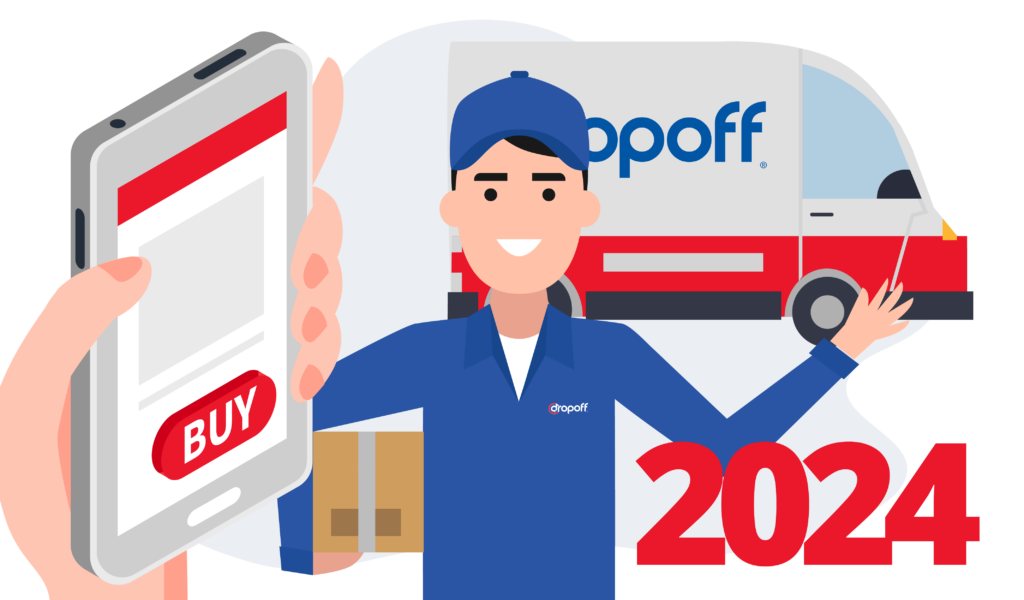
Whether you’re a big brand or a budding eCommerce store still navigating your way through the online sphere, last-mile delivery is crucial for you. It shapes your relationship with your customers, and for eCommerce brands, one dissatisfied customer can significantly impact your business.
To assist you in implementing an efficient last-mile eCommerce operation in 2024, we’ve created this comprehensive guide on eCommerce last-mile deliveries. We delve into the intricacies of last-mile delivery in e-commerce, exploring its importance, challenges, innovative solutions, and emerging trends.
Last Mile Delivery in eCommerce: What’s Important?
The last mile in e-commerce refers to the final stretch of the delivery process, where products make their way from distribution centers to the eager hands of customers. This phase is pivotal because it directly impacts customer satisfaction and brand perception.
There are three things that most consumers expect for ecommerce last mile delivery:
1. Speed: In last-mile delivery, speed is paramount. 80% of shoppers want same-day shipping, and 61% even want their orders 1-3 hours after their payment. eCommerce businesses need to optimize their processes to ensure timely shipments, meeting or exceeding customer expectations.
2. Affordability: 3/4 of online consumers say free shipping is among their top criteria when making a purchase online. Balancing the cost of last mile delivery eCommerce is crucial as it provides value without compromising the bottom line.
3. Flexibility: 70% of consumers expressed a desire for more flexible delivery options. These choices can span delivery time, dispatch locations, expedited services, and various other preferences.
4. Sustainability: 3 out of 5 consumers say they’ve changed their consumption habits to reduce environmental impact. Sustainable practices in last-mile delivery have gained importance, this involves adopting eco-friendly delivery options, utilizing electric vehicles, and implementing packaging solutions that align with environmentally friendly practices.
5. Overall Positive Experience: Beyond specific expectations, the ultimate goal is to provide an overall positive experience. This includes seamless communication, reliable tracking, and a hassle-free process within your eCommerce shipping that leaves customers satisfied and inclined to choose the brand again.

4 Challenges of Last Mile Delivery for eCommerce and Their Solutions
The e-commerce landscape confronts numerous challenges in the realm of last-mile delivery. If you’re contemplating scaling your eCommerce business in 2024, here are some predicaments for which you should prepare. Fortunately, modern logistics providers have the solutions for these challenges.
1. Delivery Speed and Customer Expectations
Challenge: Consumers increasingly expect faster delivery times, with a growing demand for same-day or next-day deliveries. Meeting these expectations poses a significant challenge for many eCommerce businesses.
Solution: Investing in advanced logistics technology, route optimization, and leveraging local fulfillment centers can enhance delivery speed. Collaborating with reliable third-party logistics providers (3PL) can also contribute to faster and more efficient deliveries.
2. Costs and Sustainability
Challenge: The last mile accounts for 41-53% of total supply chain costs. So, an efficient last mile could truly break the bank of your budding business. As if that isn’t enough, the environmental impact of delivery operations is a growing concern.
Solution: Implementing sustainable practices, such as using electric vehicles, optimizing delivery routes to reduce fuel consumption, and exploring eco-friendly packaging options. Consolidating orders and partnering with other businesses for collaborative delivery efforts can help in cost-sharing and reducing environmental impact.
3. Customer Communication and Experience
Challenge: Lack of transparent and timely communication during the delivery process can lead to customer dissatisfaction as 90% of customers want immediate updates and real-time visibility on their orders. Unpleasant delivery experiences can adversely affect the overall perception of the eCommerce brand.
Solution: Utilizing advanced tracking systems and real-time communication tools to keep customers informed about the status and location of their deliveries. Implementing proactive notifications and offering delivery windows can enhance the overall customer experience.
4. Returns Management
Challenge: According to Shopify, the average return rate for eCommerce is typically 20% to 30%. Managing product returns efficiently is a complex task, and the costs associated with return logistics can impact the profitability of eCommerce businesses.
Solution: Streamlining the returns process by providing clear return policies, offering free returns when feasible, and optimizing reverse logistics. Leveraging technology for automated returns processing and refurbishment can reduce the operational burden.
Addressing these challenges with innovative solutions is crucial for eCommerce businesses to stay competitive and provide an exceptional last-mile delivery experience to their customers.
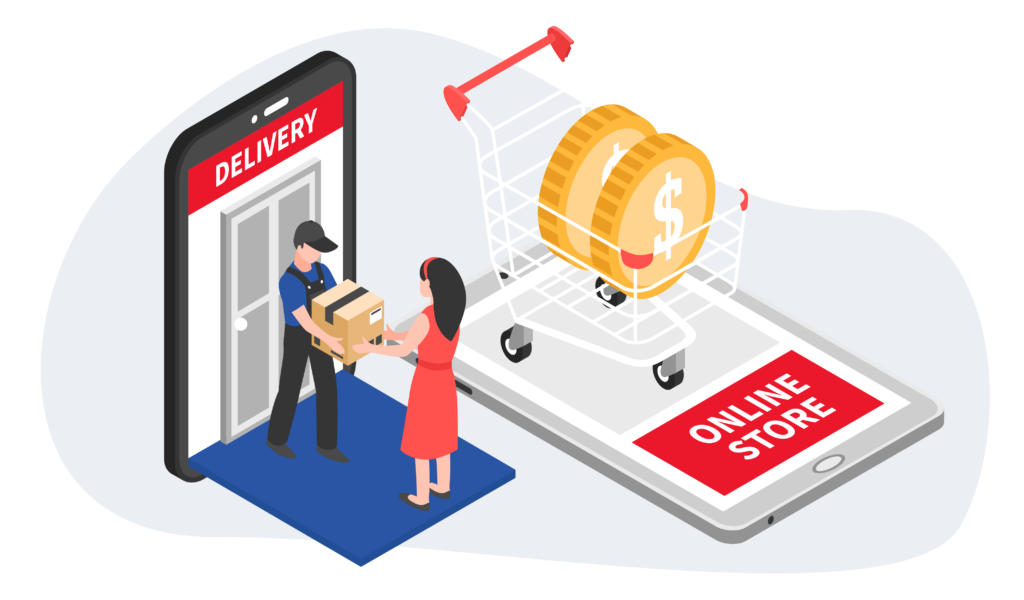
Last-Mile Delivery and Your E-Commerce Brand
The last mile marks the end of your customer’s journey and is where your brand’s reputation faces its biggest test. As the saying goes, “You only have one chance to make a first impression,” and this final step significantly influences how people see your entire online store. If there are hiccups, like delays or not-so-great customer experiences, it can lead to negative feedback, spreading through reviews and social media, potentially hurting your brand’s image and turning away potential customers.
One notable example is Marks Urban Wear. Although it was a popular Shopify store, in early 2018, it received numerous negative reviews on Trustpilot, ultimately leading to the closure of its Shopify store. While many reviews attribute the products themselves as the primary issue with the business, there are also complaints about their slow delivery services.
On the flip side, excelling in this last-mile delivery phase has the potential to boost your brand. Quick, dependable deliveries paired with excellent customer service create positive feelings, cultivating happy customers who might become outspoken supporters.
DavidSW is one of the top eCommerce stores on Trustpilot today. Aside from its astounding catalog, the store is lauded by its customer base because of its secure and swift delivery. As of this writing, the business has been buying and selling luxury watches online for 11 years.
Trends in Last-Mile for eCommerce
To ensure that your business remains a competitive edge in the ever-growing eCommerce industry, it’s imperative to future-proof your supply chain with these trends in last-mile delivery in eCommerce:
1. Sustainable Practices in Last-Mile Logistics
Consumers increasingly prioritize eco-friendly options. Because of this, experts say that the market for last-mile electric delivery vehicles will grow at nearly 16% CAGR between 2023 and 2028. And this isn’t far from happening, as one of the biggest logistics providers, DHL, is now operating more than 80,000 EVs for last-mile deliveries.
eCommerce brands adopting sustainable practices, such as electric vehicles and environmentally conscious packaging, not only contribute to a greener planet but also attract environmentally conscious customers.
2. Collaborative Delivery Models
eCommerce businesses are increasingly turning to B2B solutions, forging strategic partnerships with local retailers and third-party logistics providers. The shift towards collaborative delivery models is driven by the pursuit of enhanced delivery efficiency through the utilization of local resources and expansive networks.
Today, it’s not merely about selecting a single logistics provider; instead, a growing number of businesses are embracing multi-carrier shipping solutions to optimize their delivery processes. This trend reflects a strategic approach to meet the rising demands of customers while ensuring flexibility, speed, and reliability in the last-mile delivery experience.
3. Data Analytics and Predictive Modeling
The optimization of route planning, inventory management, and delivery time estimations through data analytics and predictive modeling is instrumental in enhancing the overall operational efficiency of last-mile deliveries.
In 2023, a substantial 91.9% of organizations realized measurable value from their investments in data and analytics. For eCommerce brands, the ease of leveraging data analytics and predictive modeling is particularly pronounced, given their immediate generation of raw data from customer interactions and transactions. This wealth of readily available data becomes a valuable resource for extracting actionable insights, facilitating informed decision-making and strategy refinement in the realm of last-mile delivery.
4. Urban Logistics and Micro-Fulfillment Centers
Proximity to customers is increasingly crucial, and the establishment of micro-fulfillment centers in urban areas addresses this need for faster deliveries and aligns with the rising demand for immediacy.
While micro-fulfillment centers initially emerged with major online retail giants like Amazon and Walmart, an expanding number of scaling eCommerce stores are now adopting this strategy. The global micro-fulfillment market is projected to reach $ 88.3 billion by 2031, making it an attractive approach. According to experts, a fully optimized micro-fulfillment warehouse can significantly reduce last-mile costs, with potential savings of up to 75%. This makes the adoption of such a method not only enticing but also financially advantageous for eCommerce businesses looking to enhance their last-mile delivery efficiency.
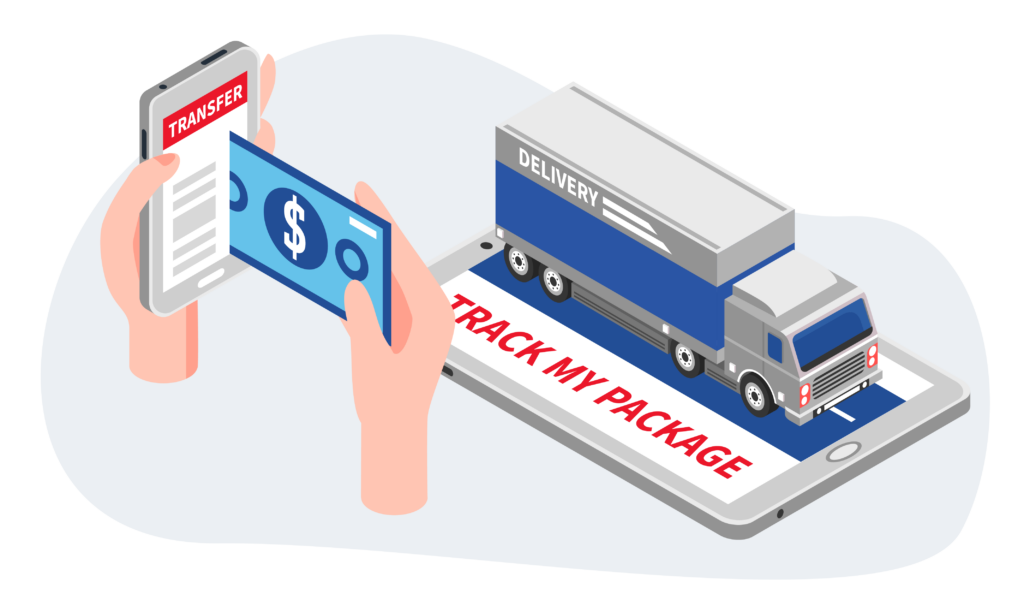
Technological Innovations in Last Mile Delivery in eCommerce
Technological innovations in last-mile delivery, encompassing AI, IoT, and Blockchain, are revolutionizing the e-commerce landscape. This adoption enhances precision in tracking, communication, and overall operational efficiency.
Absolunet’s findings reveal that around 28% of leading eCommerce entities have already implemented AI and machine learning platforms, illustrating the widespread acceptance of these technologies. As e-commerce evolves, AI and IoT contribute to accurate route planning, real-time monitoring, and seamless communication throughout the delivery process.
Simultaneously, the logistics industry grapples with substantial losses, around $50 billion annually, stemming from intermediary costs, cyber-attacks, and cargo mislabeling. Blockchain emerges as a transformative solution, tackling trust issues, expediting processes, mitigating risks, and improving transparency.
Quick Ways to Improve Your Last-Mile Delivery in the E-Commerce Business
Transforming your last-mile delivery options may take some time; fortunately, there are resources you can implement now to improve the efficiency of your last-mile deliveries.
1. Analyzing Data and Feedback
E-commerce brands can improve last-mile deliveries by leveraging data analytics and customer feedback. Analyzing historical data aids in optimizing delivery routes, predicting peak times, and ensuring punctual deliveries. Simultaneously, collecting customer feedback yields valuable insights into specific pain points, enabling brands to adjust strategies and enhance operational efficiency.
This seemingly straightforward yet foolproof strategy is exemplified by Amazon. The brand consistently enhances the customer review experience on its website as it uses the gathered data to continually optimize its operations.
2. Constantly Set and Review KPIs
Setting and regularly reviewing Key Performance Indicators (KPIs) is integral for e-commerce brands aiming to enhance their last-mile deliveries. KPIs serve as measurable benchmarks, offering insights into various aspects like delivery quality, timeliness, and customer satisfaction. Clear and well-defined KPIs enable brands to establish specific goals and expectations for their last-mile operations.
Continuous review of these KPIs allows e-commerce brands to pinpoint areas requiring improvement. Monitoring customer satisfaction KPIs unveils insights into the overall delivery experience, guiding brands to refine specific aspects such as communication, packaging, or delivery speed. For instance, consistently low on-time delivery KPIs indicate the need to switch from single-carrier to multi-carrier operations.
4. Use Smart Technology
Integrating smart technology, regardless of the operational scale, can significantly enhance last-mile operations. For example, outfitting your fleet with smart trackers or activating the smart GPS of your units enables real-time optimization of routes and identification of delivery bottlenecks.
Businesses can strategically plan routes that minimize travel time and maximize delivery efficiency, taking into account factors such as traffic congestion, distance, and delivery time windows. This proactive use of smart technology empowers companies to respond dynamically to challenges, ensuring a smoother and more efficient last-mile delivery process.
5. Professional Last-Mile Partner
Forming strategic partnerships with professional last-mile delivery providers is a game-changer. Take the example of ABC Electronics, which collaborated with a renowned last-mile delivery partner. This collaboration not only streamlined delivery operations, resulting in reduced delivery times, but also enhanced overall efficiency. As a result, ABC Electronics experienced a 20% increase in customer retention.

How Dropoff Can Help You Become the Best eCommerce Brand
Dropoff, a specialized logistics provider focusing on last-mile deliveries, offers a distinctive edge for e-commerce brands striving to become the best in their field. With a dedicated emphasis on same-day deliveries, Dropoff tailors its services to meet your specific needs, ensuring timely and efficient delivery solutions. The implementation of state-of-the-art technology further enhances the efficacy of your last-mile delivery operations, allowing for precision and reliability.
What sets Dropoff apart is not only its extensive experience in retail but also its proficiency in catering to specialized industries such as industrial and healthcare. This diverse expertise positions Dropoff as a versatile partner capable of addressing the unique requirements of various sectors. Whether you are a large enterprise or a small to medium-sized business, including e-commerce, Dropoff’s services are tailored to accommodate your specific scale and operational demands. The trust instilled by over 270 global brands further attests to Dropoff’s reliability and competence in delivering exceptional last-mile solutions.
By partnering with Dropoff, you can be confident that the last-mile operations of your e-commerce brand can withstand any changes within the ever-changing industry.
Final Thoughts
Mastering last-mile delivery in eCommerce is a continuous journey. As consumer expectations evolve, staying adaptable and embracing innovative solutions will be key to success. By prioritizing the final touchpoint in the customer journey, e-commerce brands can create lasting impressions and secure customer loyalty.
FAQs
Last-mile delivery in e-commerce is the final stage of the delivery process, where products travel from distribution centers to customers. It plays a crucial role in customer satisfaction and brand perception.
Consumers expect speed, affordability, flexibility, sustainability, and an overall positive experience from last-mile deliveries in e-commerce.
The top challenges include meeting delivery speed expectations, balancing costs and sustainability, ensuring effective customer communication, and managing returns efficiently.
E-commerce brands can improve last-mile deliveries by analyzing data and feedback, partnering with professional last-mile delivery providers, setting and reviewing KPIs, and leveraging smart technology.

